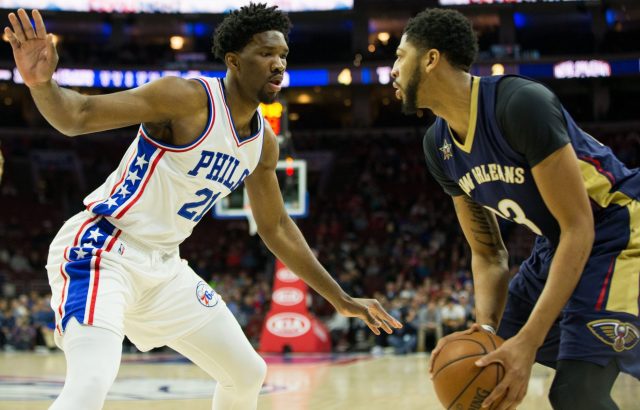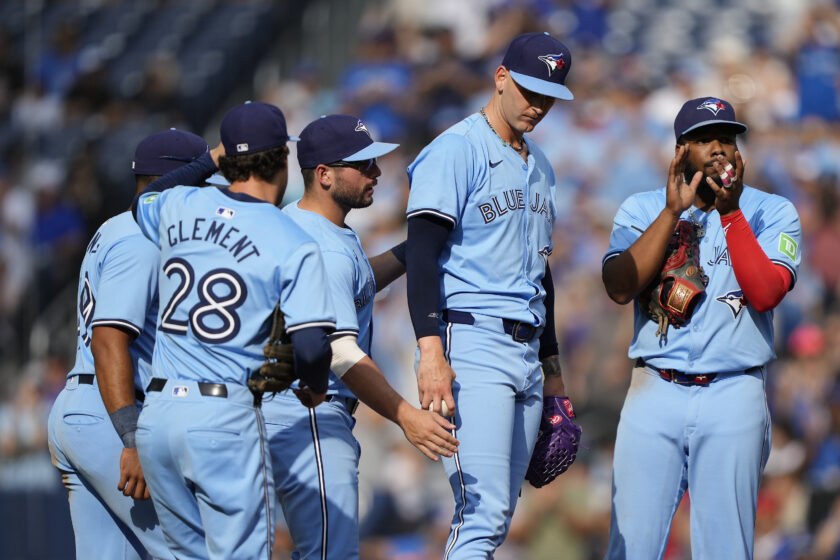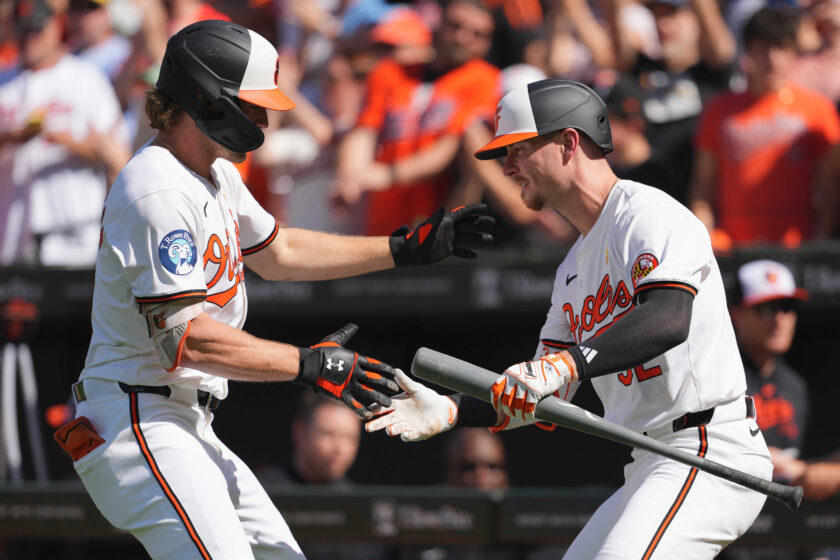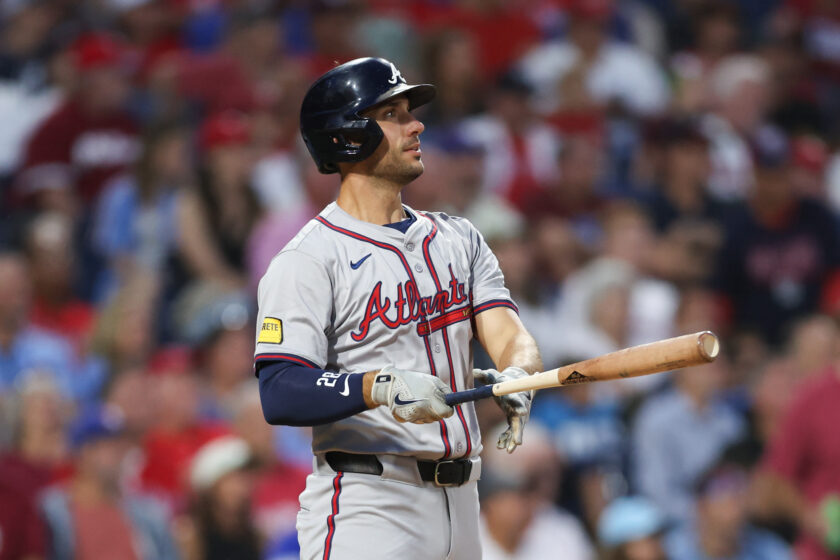A Big Man’s Game: The renaissance of the NBA center

With the All-Star rosters including five centers, the NBA has not had so much talent at the position since the mid-1990s.
[dropcap]T[/dropcap]he history of the NBA can be defined by eras starting with Wilt Chamberlain and Bill Russell to today’s rivalry of Lebron James versus the “super” team of the Golden State Warriors. The Association has been blessed with a variety of storylines to drive its product for nearly all the 70 years it’s been around.Magic Johnson versus Larry Bird. Michael ‘Air’ Jordan’s Bulls. The Detroit Pistons‘ “Bad Boys.” Gregg Popovich’s Spurs.
They all displayed the ever-changing trends of the NBA game. From physicality to finesse, and the low post to the three-point line, the NBA has had a multitude of different styles help teams claim the Naismith trophy.
[sc name=”City Stream” ]Consistently through the years, one big factor has played a substantial part on how these teams become so dominate — the center position. The man in the middle not only has become the catalyst defensively by blocking up the lane, but they have been some of the most dominant scorers in the history of the league.
Five of the 10 all-time leading scorers in NBA history played the center position, including Kareem Abdul-Jabbar, Chamberlain, Shaquille O’Neal, Moses Malone and Elvin Hayes, with that quintet showing the scoring prowess rivaling, and in some cases, surpassing the greatest guards and forwards. The “Big Man” is seemingly always the center of attention.
The 90s saw the “Golden Era” of the center. Hakeem Olajuwon, David Robinson, Patrick Ewing and Dikembe Mutombo are just a few names of the greats that clogged up the middle. Even a guy like Rik Smits was effective enough to help the Indiana Pacers advance to the NBA Finals.
But something happened in the mid-2000s to centers. They became an after-thought in a game being played out on the wings and behind the three point line.
The Miami Heat’s championship with Shaq and Dwyane Wade marked the end of the dominant rim protector and physical low-post scorer. Of course, Shaq played out a few more years in the league, but his prime really ended in Miami.[sc name=”NBA Center Right” ]
A new player started to fill the role in the middle. Two types of players evolved from the changing of the guard. A well-rounded player that was relied on to score with the ability to pass, shoot and defend beyond the cylinder. When Pau and Marc Gasol entered the league, they brought a whole new style to the big man position. Not only could they play the low-post, but they could extend out to shoot a mid-range jumper.
The second was a specialist, in most regards, defensively, such as Ben and Rasheed Wallace. The Wallaces were known for their magnificent defensive ability in rebounding and blocking shots — skills that would help the Pistons capture their first titles since the “Bad Boys” in the 80s.
It became a dark age for the quintessential big man for the next five to six years, though.
Today, the center is back with more skill, more ferociousness and the biggest fear factor since Shaq’s dominant Laker years. The uniqueness of the position is strictly based on how the team utilizes their big man. Some are made superstars, while others are the glue that maintains cohesion of the group on the floor.
No matter the role, 2017 marks the “Renaissance of the Big Man.”
[sc name=”Nets Link Slideshow” link=”elitesportsny.com/2017/02/01/a-big-mans-game-the-renaissance-of-the-nba-center/2/” text=”The All-Stars” ]The Sports Fan's . . .Sports Fan. Passionate about the Mets, Jets, and Rangers, but more importantly a fan that gets excited for any big game.






